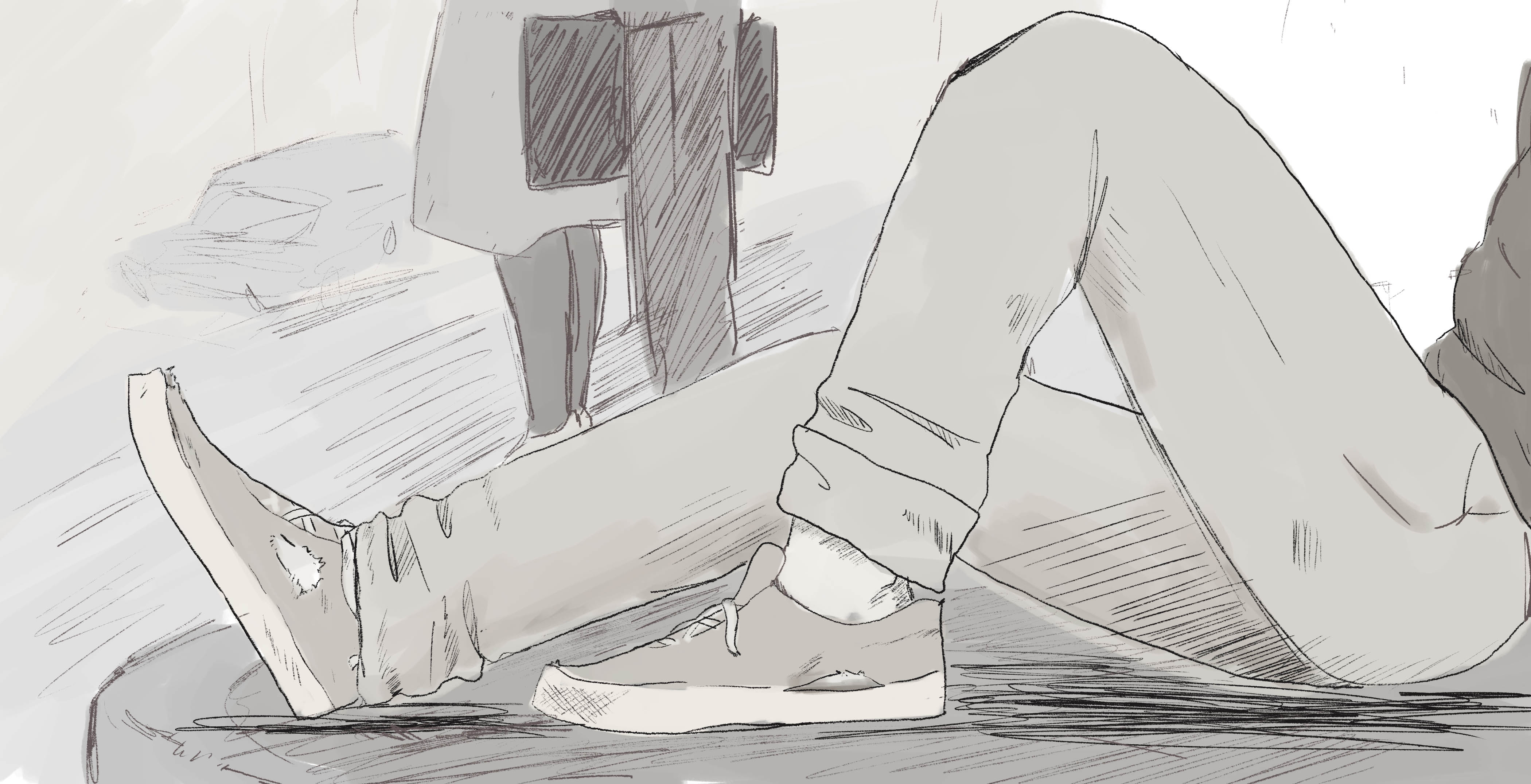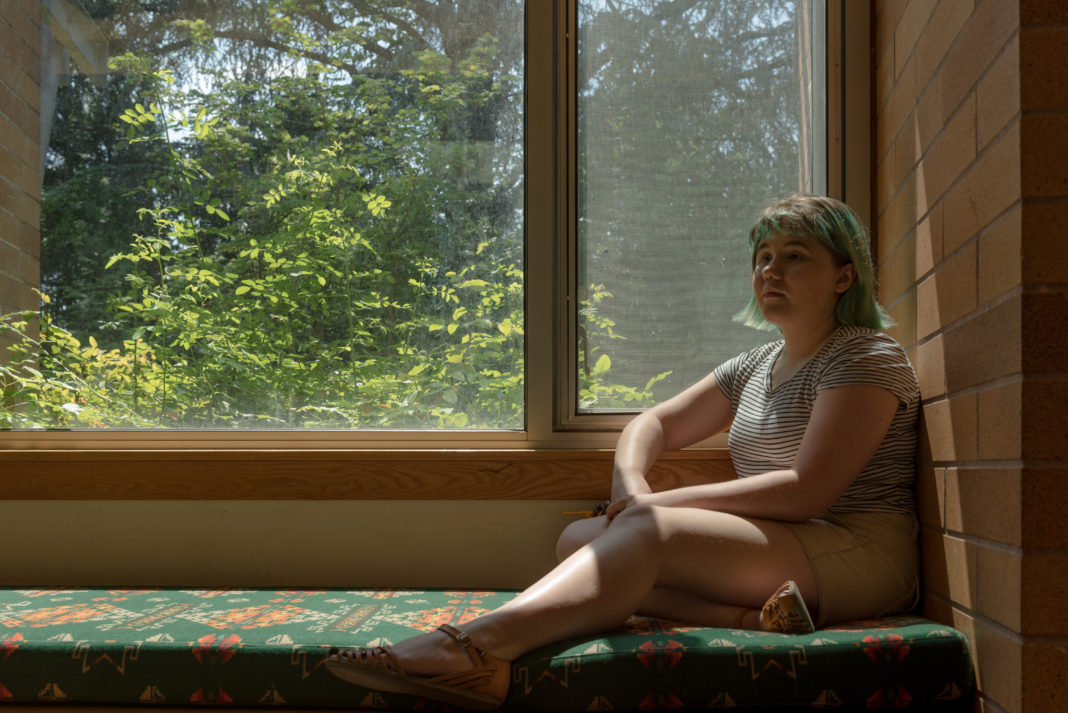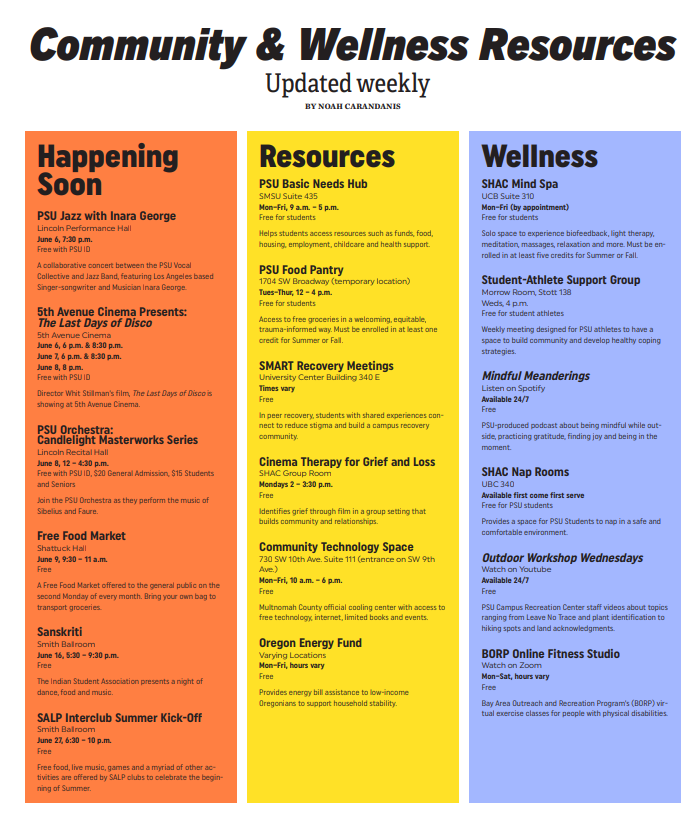A new study out of Portland State’s Homelessness Research and Action Collaborative and the Joint Office of Homeless Services found approximately 38,000 people experienced houselessness in Multnomah, Washington and Clackamas counties in 2017.
The study also estimated in that same year, another 107,000 people were at risk of losing their housing.
Additionally, it would cost approximately $2.6–4 billion over 10 years to assist people experiencing houselessness by finding and sustaining housing for individuals; to assist the most housing-insecure households, it would cost another $8.7–16.6 million over 10 years.
Dr. Marisa Zapata, associate professor at the Toulan School of Urban Studies and Planning and director of HRAC, explained those numbers at an Aug. 20 press conference.
“While we know billions can sound daunting, one of the things I really want to encourage people to think about is that in cities, we spend billions all the time on basic city infrastructure,” Zapata said. “We spend billions on our roads, our super systems, our waterways—housing is basic infrastructure, and we should be willing to support and spend the same kind of money on the basic infrastructure of where we live in order to have healthy cities.”
Zapata also explained the numbers for how many are houseless and how much it will cost the Portland Metro area are higher than in previous studies, because the researchers broadened the definition of houseless. In the study, “homelessness” included people on the streets, in shelters and also people who were forced to live “doubled up”—on couches, in basements or in garages after rent hikes or an untenable financial situation forced them out of their own homes.
“We don’t want to identify the least amount of housing we could offer to the smallest group of people in order to just get people off the streets,” Zapata said. “We want to be part of creating a stable, quality, affordable housing stock for all Portlanders who need it, so they can lead healthy, safe, productive and happy lives.”
Zapata said those numbers could get worse if the housing market continues to increase rent prices ahead of wages or if the federal government decreases its investments into services and rent assistance.
“We’re trying to solve housing,” Zapata said. “We need to be able to come together to create a housing strategy for the region where we’re actually weighing tradeoffs and understanding the consequences of the choices that we’re making. That would be my first action step.”
The 38,000 number took into account the annual point in time count for all three counties, population counts from the annual homelessness assessment report and the Department of Education’s annual numbers on families and unaccompanied youth experiencing houselessness.
“There’s no way to control for some of the overlap that might be in these different data sets,” Zapata said. “We kind of consider it a wash, in part because we have absolutely no data on adults who are living doubled and tripled up.”
Zapata also added this data reveals that marginalized communities such as African Americans, Native Americans and LGBTQ+ people are disproportionately affected by houselessness.
“The systems that cause homelessness will not be easily unmade, but we do believe we can unmake them and recreate them with those who are the most marginalized at the core of those issues,” Zapata said. “We believe that we can do that by thinking regionally, and by collaborating and building a movement to address these issues.”
Mark Jolin, director of the JOHS, explained some of the work being done currently by the JOHS to serve houseless communities.
When it was established in 2016, the JOHS doubled the amount of shelter beds available in the Portland metro area. Jolin said that around 8,000 people utilized those shelter beds in 2018.
JOHS began a major expansion of supportive housing for people with severe disabilities and has committed to creating 2,000 more homes that are affordable and come with supporting services by 2028. Jolin said 600 of those homes are already on the ground or in development.
“This report tells us we can’t end homelessness until we do whatever it takes for as long as it takes to help those who have already become homeless and stop the inflow by addressing the forces that put people at risk,” Jolin said.






